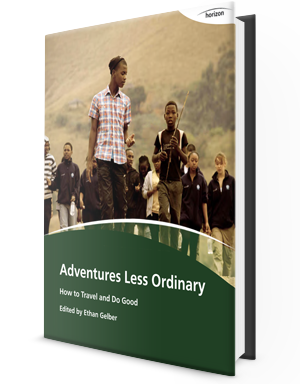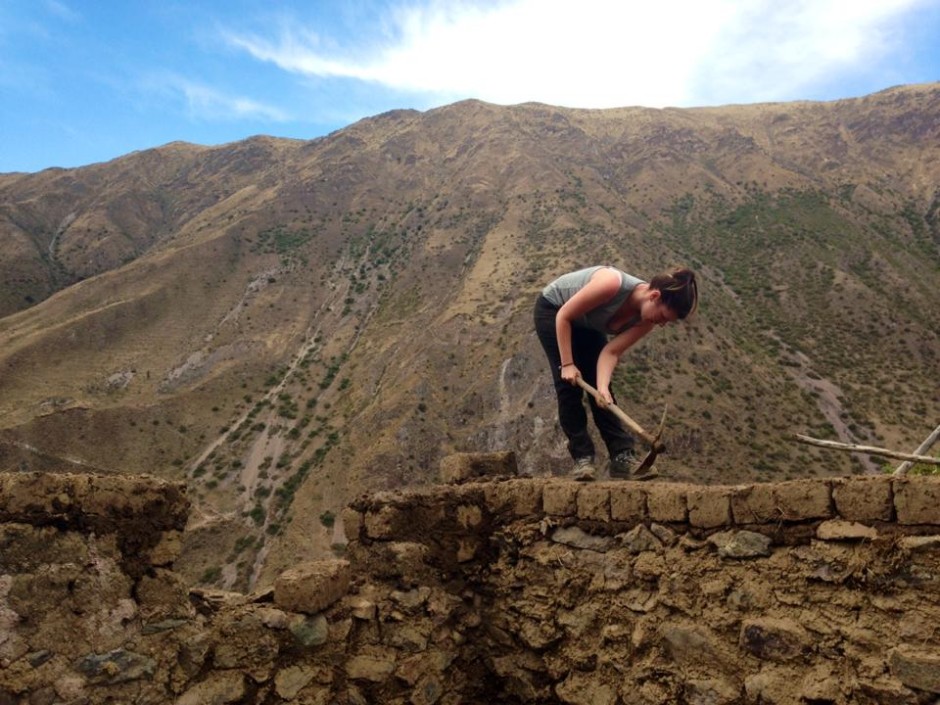
The contributors explore the merits and perils of many established “voluntourism” activities and then provide practical advice to ethically-minded travelers about how to be sure of making a positive impact. It is, in short, a how-to handbook for compassionate people guided as much by the good you give as the good you get.
The following excerpt is part of my Editor’s Note to the book. If you nurture a free-spirited and adventure-minded desire for more to travel than just getting somewhere and being there, please register to receive your free copy at http://bit.ly/1wvCUDS.


